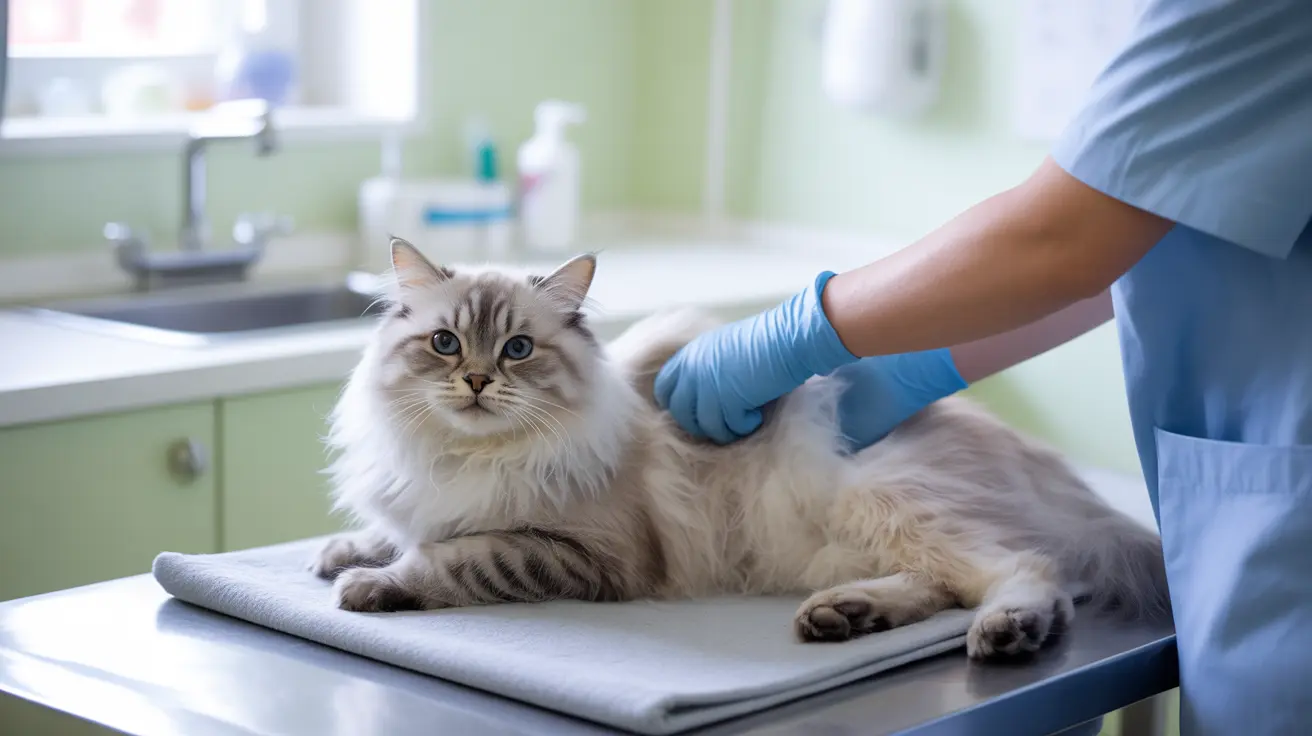For cat owners, understanding feline anal health is crucial for maintaining their pet's overall well-being. While it may not be the most pleasant topic to discuss, being knowledgeable about anal gland function and potential issues can help prevent serious complications and ensure your cat stays comfortable and healthy.
In this comprehensive guide, we'll explore everything you need to know about cat anal health, including common problems, prevention strategies, and when to seek veterinary care. Whether you're a new cat owner or an experienced pet parent, this information will help you better care for your feline companion.
Understanding Cat Anal Glands and Their Function
Cats have two small anal glands, also called anal sacs, positioned internally on either side of their anus. These glands produce a distinctive-smelling fluid that cats use for territorial marking and communication with other felines. During normal bowel movements, these glands naturally express their contents when firm stool passes through the rectum.
Healthy anal glands should function without causing any discomfort or requiring intervention. However, various factors can disrupt this natural process, leading to potential health issues that require attention.
Common Anal Gland Problems in Cats
Several issues can affect your cat's anal glands, ranging from mild discomfort to serious medical conditions. The most common problems include:
- Impaction: When the glands become overfilled and unable to express naturally
- Infection: Bacterial growth within the glands leading to inflammation
- Abscess: Severe infection resulting in painful swelling
- Rupture: When an abscess breaks open, requiring immediate medical attention
Recognizing the Signs of Anal Gland Issues
Early detection of anal gland problems is crucial for effective treatment. Watch for these warning signs:
- Scooting or dragging the bottom across the floor
- Excessive licking or biting at the anal area
- Visible swelling or redness around the anus
- Strong, unpleasant odor
- Signs of pain during defecation
- Changes in litter box behavior
Prevention and Maintenance Strategies
Maintaining proper anal gland health involves several key strategies:
- Providing a high-quality diet that promotes firm stools
- Ensuring adequate hydration
- Maintaining a healthy weight
- Regular veterinary check-ups
- Monitoring bathroom habits and stool consistency
Treatment Options
When anal gland problems occur, various treatment options are available depending on the severity of the condition:
- Professional manual expression
- Antibiotics for infection
- Warm compresses for comfort
- Surgical removal in severe cases
- Dietary modifications to improve stool consistency
Frequently Asked Questions
What are the common signs that my cat's anal glands may be impacted or infected?
Common signs include scooting, excessive licking of the anal area, difficulty defecating, and visible swelling or redness around the anus. You might also notice a strong, unpleasant odor or your cat showing signs of discomfort when the area is touched.
How can I help prevent anal gland problems in my cat through diet and care?
Feed a high-quality diet that promotes firm stools, ensure adequate water intake, maintain a healthy weight, and schedule regular veterinary check-ups. A diet with appropriate fiber content can help natural gland expression during defecation.
When and how should a cat's anal glands be expressed, and can I do it at home safely?
Anal gland expression should only be performed by a veterinary professional. Home expression attempts can cause injury or infection. If you suspect your cat needs gland expression, schedule a veterinary appointment.
What treatments are available if my cat develops an anal gland abscess or rupture?
Treatment typically includes antibiotics, pain management, and possibly surgery. The area may need to be cleaned and drained. In severe or recurring cases, surgical removal of the glands might be recommended.
Are certain cats more prone to anal gland issues, and how can I monitor them for early symptoms?
Overweight cats, indoor cats with less varied diets, and those with chronic soft stools are more prone to anal gland issues. Monitor your cat's bathroom habits, check for signs of discomfort, and maintain regular veterinary check-ups for early detection.
Conclusion
While anal gland issues can be concerning, understanding the signs and maintaining proper preventive care can help keep your cat healthy and comfortable. Always consult with your veterinarian if you notice any unusual symptoms, and remember that professional care is essential for managing these sensitive health issues.






